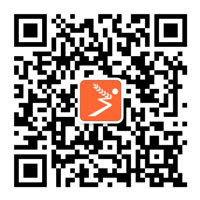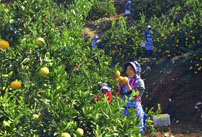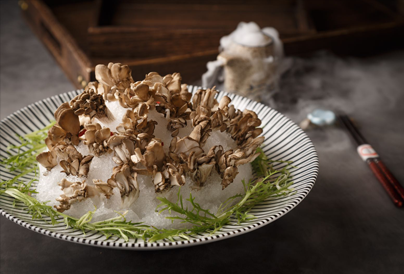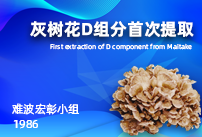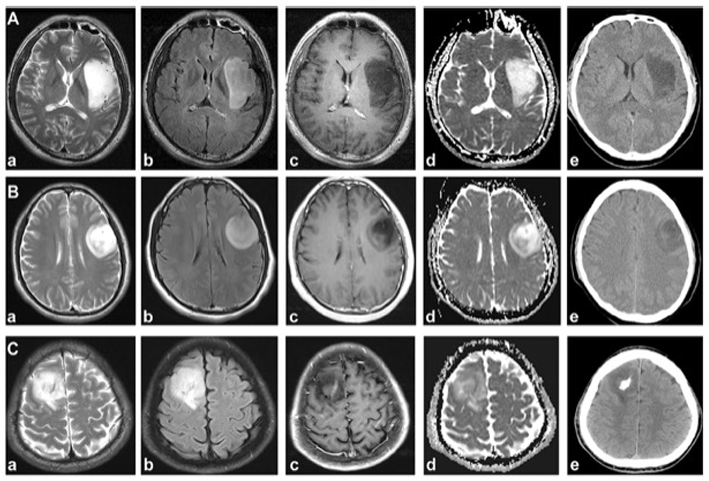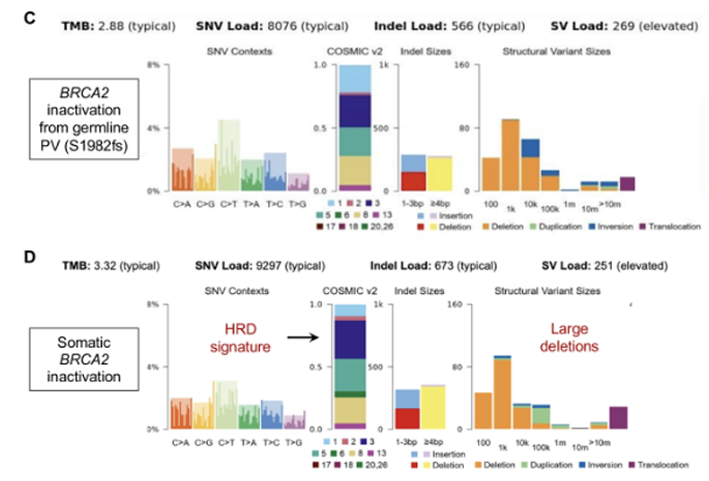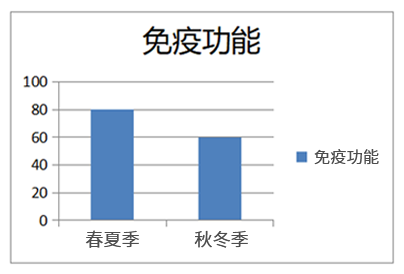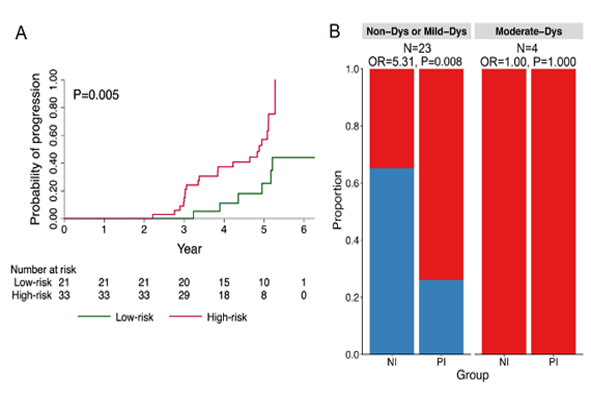Historically, both my country and Japan belonged to countries that knew Maitake relatively early, and Maitake was eaten as a wild vegetable very early.
The Chinese name of Maitake was first proposed by Deng Shuqun and found in my country's authoritative monograph "Chinese Fungi". It is now the common Chinese name. In 1941, Japanese sakisaka collected specimens in Northeast my country, and compiled the book "Manchurian Wild Edible Fungus Plants". Maitake was included as an edible fungus, which is an accurate record after Deng Shuqun in 1939.
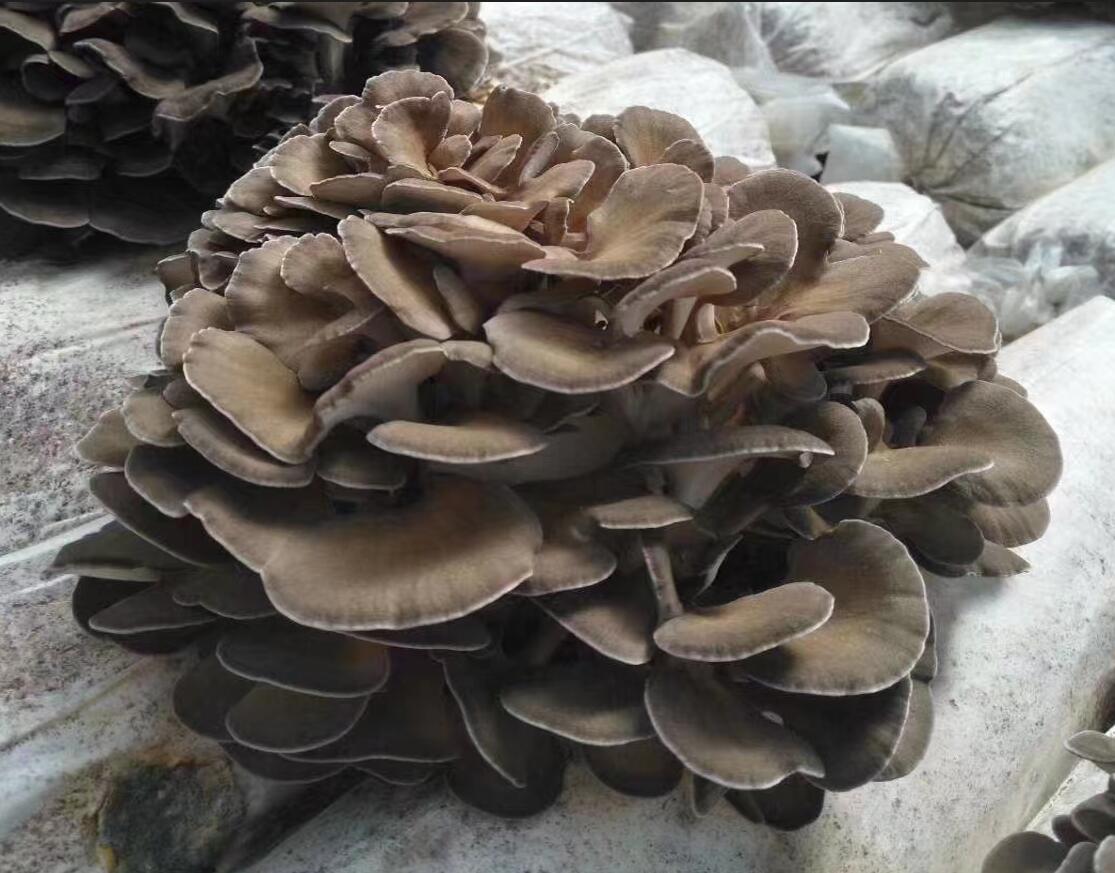
The knowledge of Maitake by Chinese predecessors
Maitake has a long history of feeding in our country. The second century AD recorded Maitake as: Bai Yuzhi, which said: "White Yuzhi was born in the abbot mountain. It has a pungent taste (fresh Maitake has a strong and pungent smell), and the white cover is fourfold. (The fruiting bodies of Maitake are cascaded), the next layer has two pieces (the fruiting body branches are tree-like), and there are 3 pieces that grow up (the branches are branched into corals), or Above the boulders, among the yellow sand, the roots of rotting trees, under the tall trees, the shadow of the famous mountains, it is eaten by gain, and immortal. The white tiger guards it."
"Taishang Lingbao Zhi Caopin" is the earliest fungus classics handed down from the world, and it is one of the earliest fungus illustrated books in the world. "Taishang Lingbaozhi Caopin" was preserved thanks to the compilation of "Tao Zang", which is an important document for studying ancient fungus and its culture. In 1204, Chinese Song Dynasty scientist Chen Renyu's "Bacteria" also described Maitake as an edible fungus, "sweet, flat, non-toxic, and can cure hemorrhoids."
The knowledge of Maitake by Japanese predecessors
In Japan, the earliest description of Maitake is "Wenguzhai Fungus Genealogy". The Chinese character describing Maitake is Wu Taiji. The writing of Taiji is similar to Japanese たけ. According to the drawing and description of the book, it is identified as Maitake. Undoubtedly, the famous Japanese fungiologist Yoshio Kobayashi also described in detail in "The History and Folklore of Chinese Fungi in Japan". Kumagai also described in "The Forest of Encounters": In 1603, the generation of Japanese hero Tokugawa Ieyasu (とくがわぃえゃす) was unfortunately ill during the battle. When the doctors were helpless, the wild Maitake (Grey Tree) Flower) but brought him back to life. In 1709, "Yamato Materia Medica" by Kaiyuan Yixuan of Japan; in 1834, Hiroshi Motosaka's "Bacteria", the first academic record of Maitake mushroom (Greola frondosa), and pointed out that it can "moisten the lungs and protect the liver" "Fighting the body and strengthening the foundation"; in 1858, after Tanba Shuji's "Bacteria", Japan began to pay attention to Maitake, from wild observation and description to beginning research.
References:
韩省华,食药两用真菌——灰树花,新农业,2010年8月
